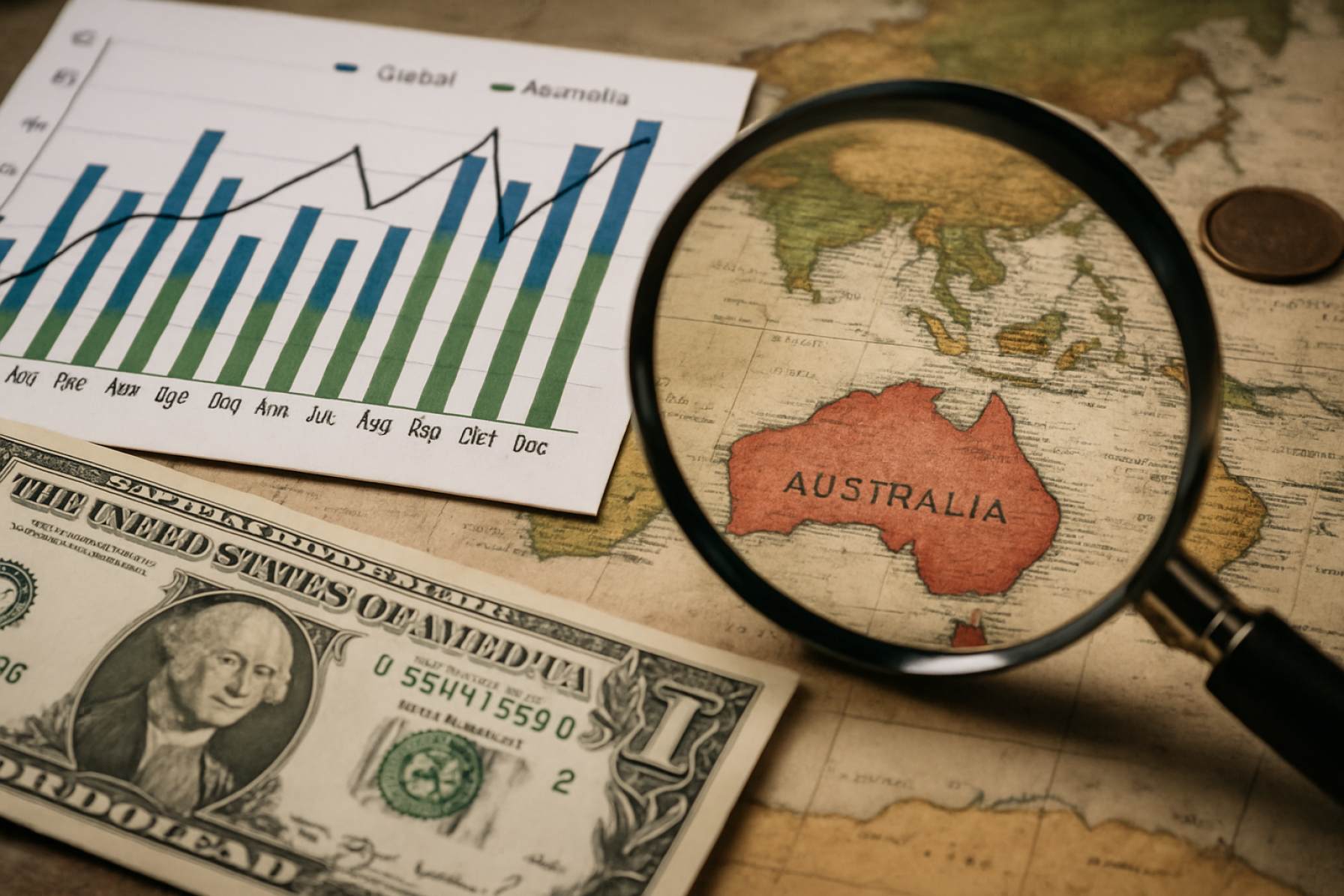Australia Overcomes Disasters and Defies Global Slowdown—Is a Surprise Boom on the Horizon for 2025?
OECD projections hint at a sluggish global economy in 2025, but Australia may outperform rivals despite extreme weather setbacks and global trade drama.
- Australia’s GDP: Predicted to climb 1.8% in 2025, topping the OECD average of 1.4%
- Global Growth: G20 economies to slow to just 2.9% in 2025 (down from 3.3%)
- Naturally Costly: Extreme weather lopped $2.2 billion from Australia’s economy in early 2025
- US Tariffs: Trump’s trade policies disrupt global confidence and trade
The world’s economic engines are sputtering, with forecasts from the Organisation for Economic Cooperation and Development (OECD) signaling a widespread slowdown ahead. Yet experts suggest that Australia, battered by floods and cyclone chaos this year, may emerge as an unexpected bright spot.
Just as investors braced for a tough 2025, new OECD data show Australia’s GDP growth set to outpace its peers—despite recent domestic setbacks.
Why Is the World Economy Slowing Down Now?
Recent years tested global resilience, from the COVID-19 pandemic to ongoing geopolitical conflicts like Russia’s invasion of Ukraine. For 2025, the storm continues: the OECD expects growth among the world’s top 20 (G20) economies to ease to just 2.9%, and this lethargy will likely linger into 2026.
Much of this drag stems from U.S. trade upheavals. President Donald Trump’s ongoing tariff campaign—a 10% tax on nearly all imports—strains global supply chains and rattles investor confidence. This unpredictability, paired with retaliatory threats, means both businesses and consumers are holding back.
Meanwhile, top economies like the UK, South Korea, and Canada now eye growth barely hitting 1%. Germany and Japan face even more dour predictions.
How Is Australia Beating the Global Trend?
While Australia’s economy slowed to a crawl early this year—clocking just 0.2% GDP growth compared to late 2024—it still eclipses the OECD average. The gap is set to widen in 2026, when Australian output could jump by 2.2% (vs. a 1.5% OECD benchmark).
Government data revealed that extreme weather pummeled mining, shipping, and tourism, cutting $2.2 billion from the economy in a matter of months. Yet, Australia’s adaptability points to a possible rebound as the year unfolds.
Domestic analysts highlight how strong trade links—underscored by rising beef exports to the United States—even amid tariffs, provide crucial tailwinds. The second half of 2025 may see increased household disposable income, thanks to receding inflation and stabilizing markets.
What’s Driving the “Bounce Back” Narrative Down Under?
Australia’s resilience comes as major public infrastructure spending winds down, shifting momentum to private enterprise. Economists warn this “handover” could be shaky, but households stand to benefit from tax cuts and energy rebates phased in by state and federal government policies.
Despite cautious consumers, the trend in the latter half of 2025 is expected to flip, especially if extreme weather patterns subside. Experts forecast steady gains in exports and a modest revival in consumer spending.
For the broader Asia-Pacific, China’s once-unstoppable growth is losing speed—down to 4.7% in 2025—leaving room for regional players like Australia to shine.
Q&A: What Should Australians Watch for Next?
Q: Will falling GDP per capita hurt living standards?
Economists flag this as a risk if slow population growth and subdued wage gains persist, but prospects for a turnaround remain if private sector confidence returns.
Q: Are further trade shocks likely?
With the U.S. eyeing tougher tariffs and global trade headaches unresolved, uncertainty remains high. Yet, Australia’s diverse portfolio and trade ties with Asia and the U.S. provide hope.
Q: Is the job market at risk?
While growth has softened, Australia’s robust resources sector and rising export demand may prevent major employment shocks, pending global stability.
How Can Households and Investors Prepare?
– Stay diversified: Balance portfolios with exposure to global and domestic sectors to weather volatility.
– Watch government policy: Energy rebates and tax adjustments could boost household budgets in late 2025.
– Monitor weather news: Ongoing climate events may continue to disrupt key industries.
For more on the global economy and how market trends could impact you, check updates from IMF and World Bank.
—
Ready to Navigate the Ups and Downs? Stay Informed and Take Action:
- Track economic forecasts from trusted institutions
- Review your household budget and plan for surprises
- Speak to a financial advisor if you manage investments
- Follow major policy shifts—both local and global
- Prepare for possible extreme weather and insurance impacts
